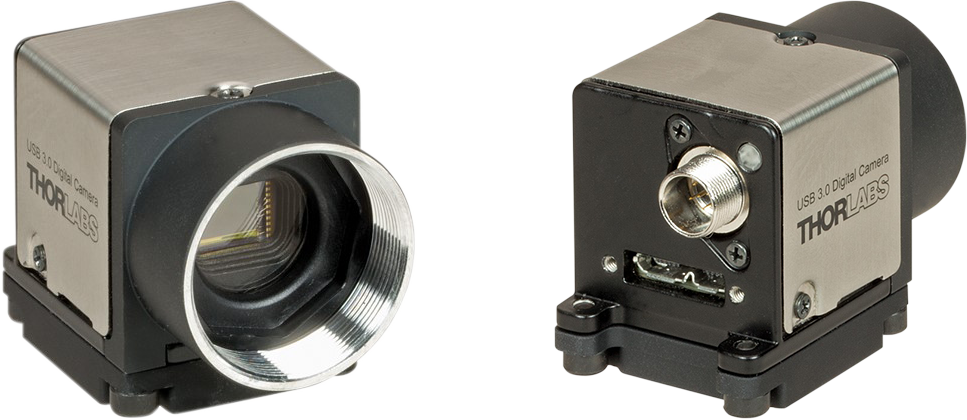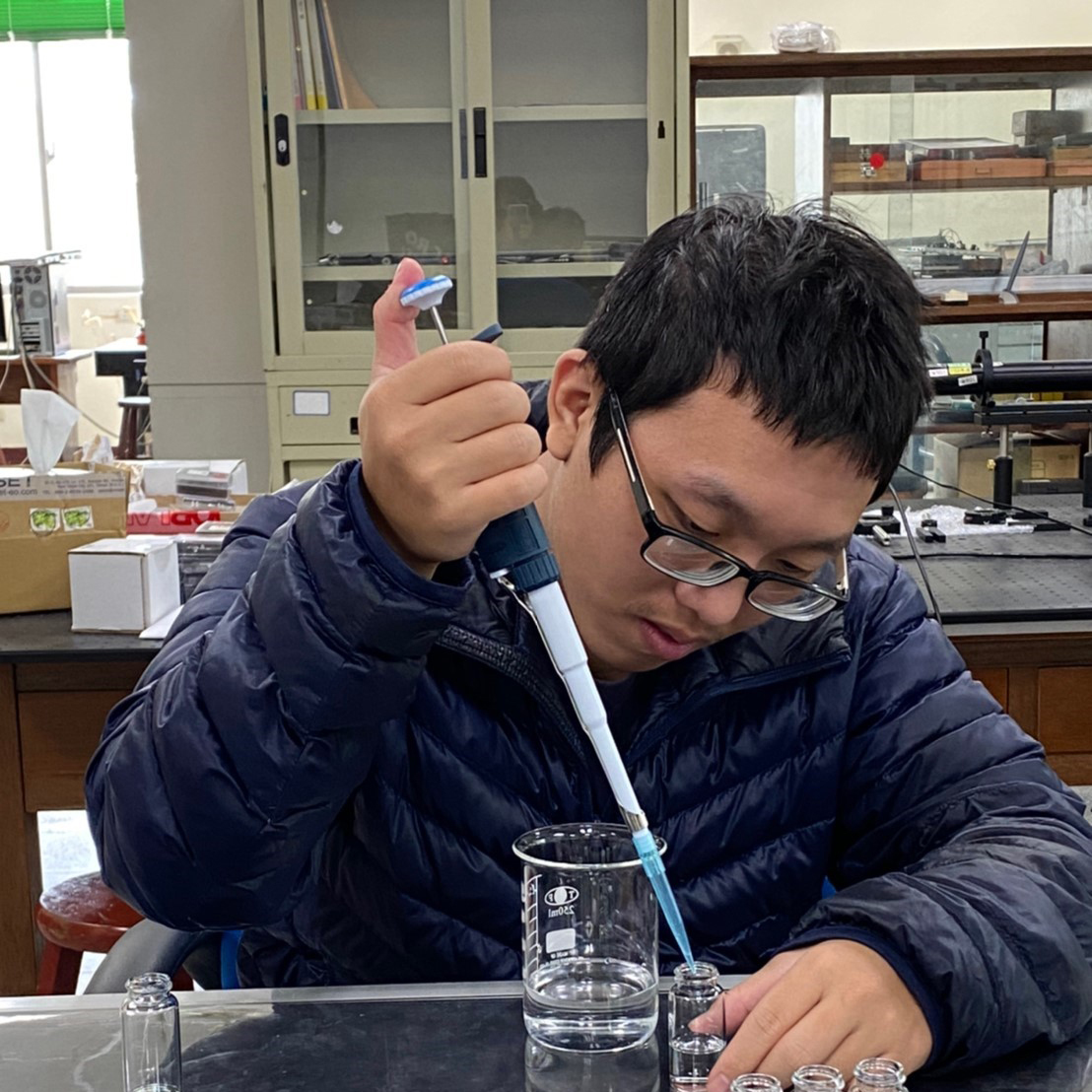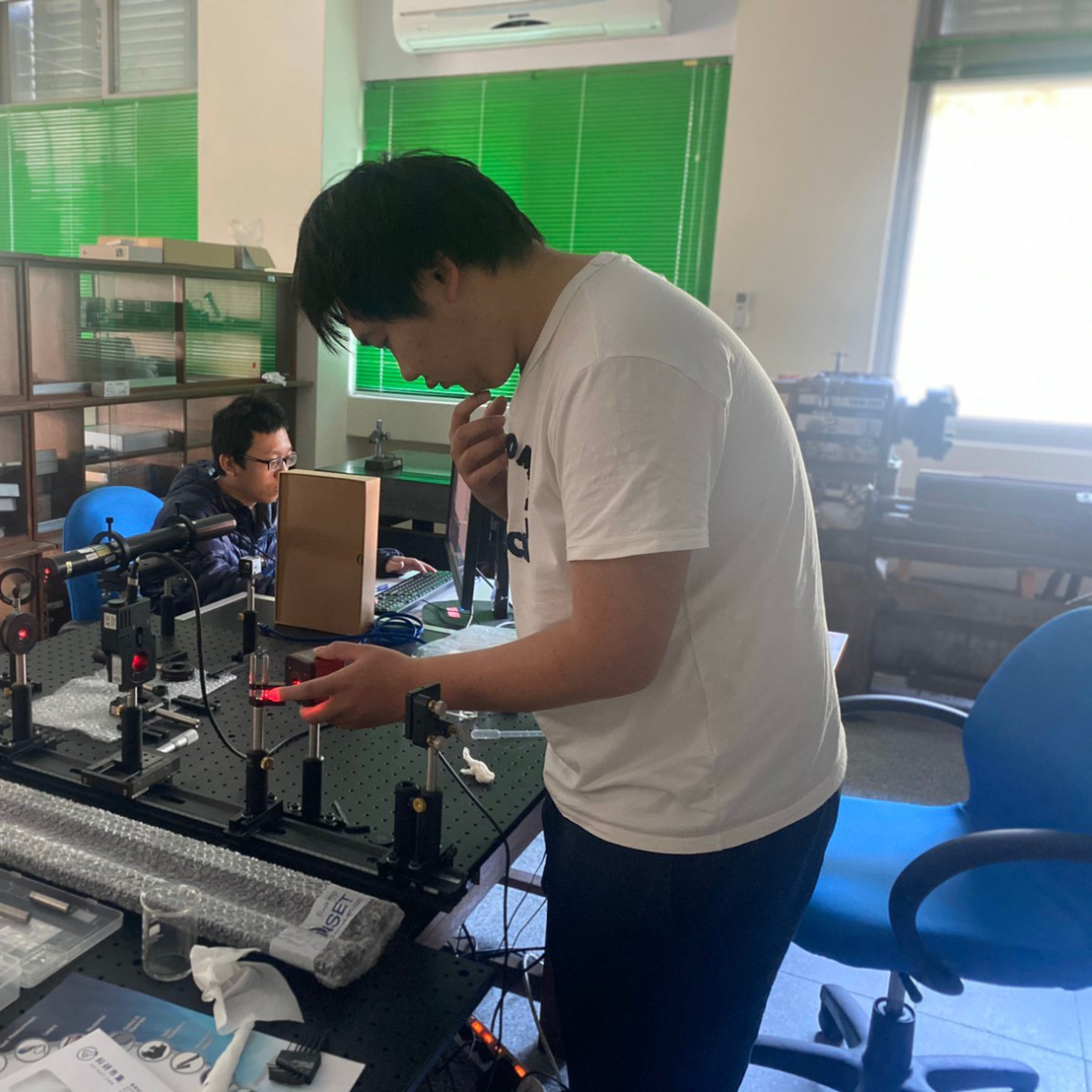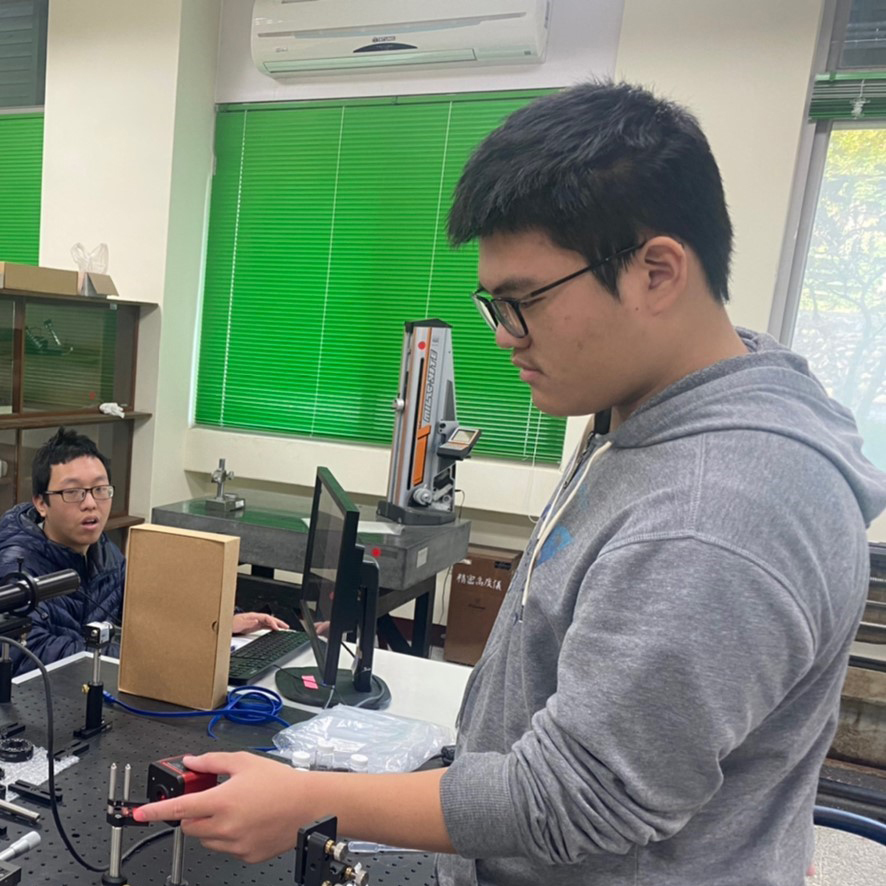Optical Sensor Laboratory (OPSENLAB)
Optical Sensor Laboratory (OPSENLAB)
Cut-edge research on surface plasmon resonance prism coupler-based sensor for gas sensing,
noninvasive glucose sensing and wide range biosensing applications

Research Focus
Noninvasive Glucose Monitoring
Diabetes affects around 5% of the world’s population and is associated with a wide range of health problems, including heart disease, strokes, kidney disease, eye problems, and death. While diabetes cannot be cured, its effects can be controlled if properly managed. The glucose concentration in human blood is most commonly measured using a finger-pricking invasive testing device. However, these devices may cause patient discomfort and introduce a risk of infection. Accordingly, the development of noninvasive (NI) testing devices has attracted increasing interest in recent years.
OPSENLAB is researching on cut-edge and novel techniques for noninvasive glucose sensing based on Stokes-Mueller matrix polarimetry enhanced with surface plasmon resonance prism coupler based. Sensor is developed by OPSENLAB enable to detect glucose concentration as small as 10 mg/Dl and become the first device to meet the FDA requirements for noninvasive glucose monitoring devices (NIGMDs) intended for point-of-care or over-the-counter applications.
Antibody IgG/IgM Protein Rapid Detection
Coronavirus disease 2019 (COVID-19) is an infectious disease caused by severe acute respiratory syndrome corona virus 2 (SARS-CoV-2) which first appears in Wuhan, China in December 2019 and is now spreading the world. The numbers of infected and deaths associated with COVID-19 are increasing daily. A total of 67 million infected cases, more than 1 million death and 2020 countries or territories with cases was confirmed by December 2020. The most widely used biomarkers for COVID-19 are immunoglobulin G (IgG) and immunoglobulin M (IgM) antibodies produced from the second week of viral infection. IgM can be detected in the patient samples from 10-30 days after infection, while IgG appears at day 20 onwards.
OPSENLAB is researching on cut-edge and novel techniques for anitbody rapid detaction by using graphene-based surface plasmon resonance prism coupler. Sensor is developed by OPSENLAB enable to detect IgG/IgM within 2 minutes and became the fastest way for Convid-19 rapid test.
miRNA detection with antimonene-based SPR sensor
MicroRNAs (miRNAs) are short non-coding RNAs with a length of approximately 22 nucleotides. They are present in all eukaryotic cells and play critical roles in diverse biological pathways. It is estimated that miRNAs regulate around 60% of human genes, and thus they are of crucial interest in deciphering the intricacies of genetic control. miRNAs have attracted significant attention in the literature since their discovery in 1993. However, MiRNAs exist at only very low levels (aM~fM) in the human bloodstream, making their precise measurement extremely challenging .
OPSENLAB is researching on cut-edge and novel techniques for miRNA detaction by using antimonene-based surface plasmon resonance prism coupler. Sensor is developed by OPSENLAB enable to detect two types of miRNA hsa-miR-125-5p and hsa-miR-21-5p with a resolution upto 69.41 fM.
Equipment

Stokes Polarimeter

Snapshot Mueller Imaging System

Member

Assistant Professor (Principal Investigator)

Quoc-Hung Phan
Stokes Polarimetry group members

Wei-Zhe Xiao

You-Rui Lai

En-Wei Zhuang

Po-Han Tseng

Hong-Jun Lin

Qing-Cheng Lin

Hou-Han Li
Mueller Imaging Group Members

Tzu-Hsiang Jian

Shin-Wei Chen

Yu-Ru Huan

Zhong-Cheng Wu

Jie-Han

